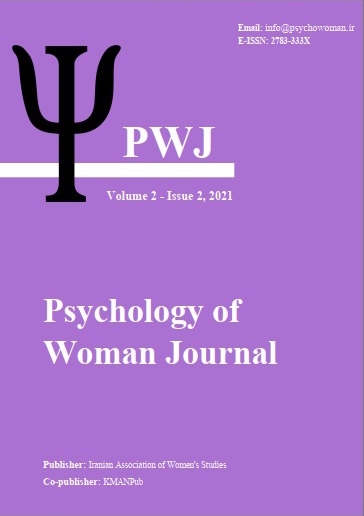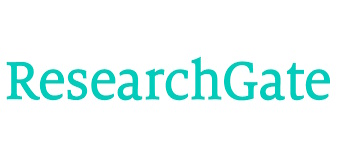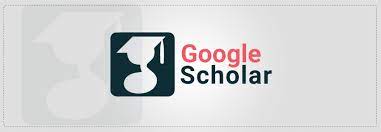The predictive role of attachment and couple styles onrelationship maintenance strategies in women
Abstract
The purpose of the present study was to investigate the predictive role of attachment and couple styles on relationship maintenance strategies. The method of the current research was a correlational description. The population of this study included all women with children studying in middle school in Tehran, among whom 372 were selected by random cluster sampling. The data collection tool was Stafford, Dainton, and Haas's (2000) Relationship Maintenance Strategies Questionnaire, Hazen and Shaver's (1987) Attachment Style Questionnaire, and Fitzpatrick and Ritchie's (1994) Communication Dimensions Questionnaire. Pearson correlation and multivariate regression were used to analyze the data. The research results showed that there is a significant positive relationship between the secure attachment style (r=0.17, P≤0.001) and traditional couple styles (r=0.23, P≤0.001) and independent (r=0.56), P≤0.001) with relationship maintenance strategies. Also, there is a significant negative relationship between avoidant (r=-0.16, P≤0.002) and ambivalent (r=-0.14,P≤0.003) attachment styles with relationship maintenance strategies. Also, multivariable regression analysis showed that traditional, independent couple styles and secure, avoidant, and ambivalent attachment styles could predict 33% of the variance of relationship maintenance strategies. Based on these findings, it can be concluded that couple styles and attachment have an effective role in couples' use of relationship maintenance strategies.
Downloads
Downloads
Published
Submitted
Revised
Accepted
Issue
Section
License
Copyright (c) 2021 mehdi ghezelseflo (Author)

This work is licensed under a Creative Commons Attribution-NonCommercial 4.0 International License.










